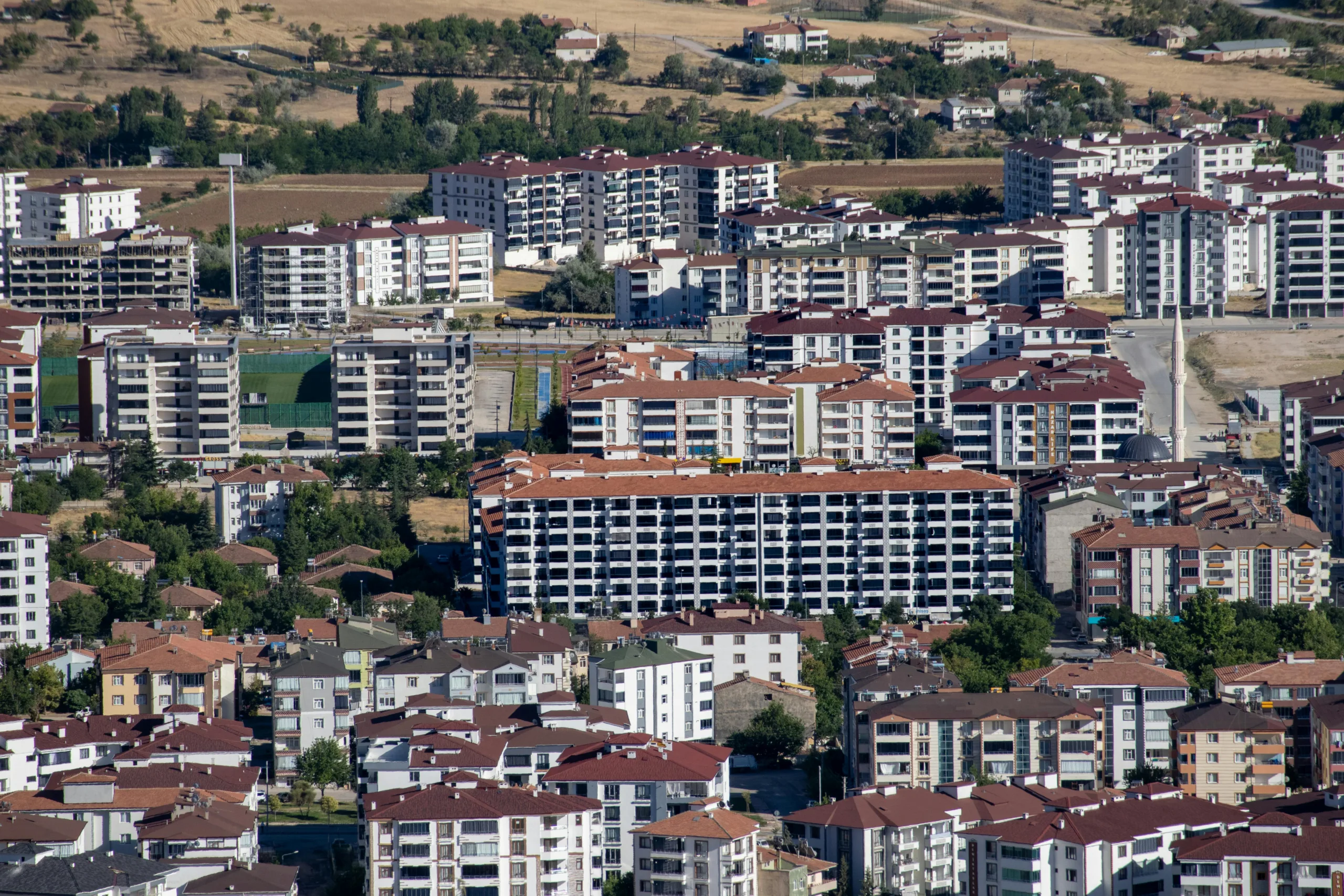- Rent surge near recent L.A. fire zones saw increases of up to 5.2%, more than double the county average.
- Displaced residents staying close to burned areas have pushed up local demand and prices.
- Some landlords reportedly violated emergency rent caps, spiking prices by over 50%.
- Temporary tenant protections are in place through July 31 but apply only to unincorporated L.A. County.
Rising From The Flames
In the months following January’s wildfires in the Pacific Palisades and Altadena areas, average rent prices in nearby neighborhoods have sharply outpaced countywide averages, reports Commercial Observer.
From December to April, rents in ZIP codes within three miles of the Palisades Fire zone—which includes parts of Malibu, Santa Monica, and Westwood—rose by 4.8%. In the same timeframe, rents near the Eaton Fire zone—covering Pasadena, Arcadia, and Monrovia—grew by 5.2%. In contrast, rents in areas farther from the burn zones rose just 2.2%, with the average L.A. rent now at $2,889.
Displacement Driving Demand
The surge in rent prices is largely attributed to fire-displaced residents trying to remain close to their original homes. The concentrated demand for local housing created a tight rental market, especially for those with limited options in already supply-constrained neighborhoods.
Get Smarter about what matters in CRE
Stay ahead of trends in commercial real estate with CRE Daily – the free newsletter delivering everything you need to start your day in just 5-minutes
Landlord Behavior Under Scrutiny
Despite an active state of emergency that legally capped rent increases at 10%, there were reports of landlords inflating rents by over 50% in the fire aftermath. These alleged violations prompted temporary protections by the L.A. County Board of Supervisors, including eviction moratoriums, waived late fees, and a 12-month repayment window for missed rent. County protections end July 31; L.A. City Council declined to adopt similar renter safeguards for fire-impacted areas, even as elevated L.A. rent trends make recovery more difficult for displaced tenants.
Why It Matters
The rent spikes underscore the compounding pressures of natural disasters on Southern California’s housing market, where inventory is already constrained and prices continue to climb. With average L.A. rent nearing $2,900 and emergency protections set to expire soon, the long-term stability of renters in affected zones remains uncertain.
What’s Next
Unless extended or expanded, the current tenant protections will end in late July. Meanwhile, advocates are calling for stronger enforcement of price-gouging laws and more robust relocation support for residents displaced by climate-related disasters, especially as rising L.A. rent continues to outpace wage growth and recovery aid.


















